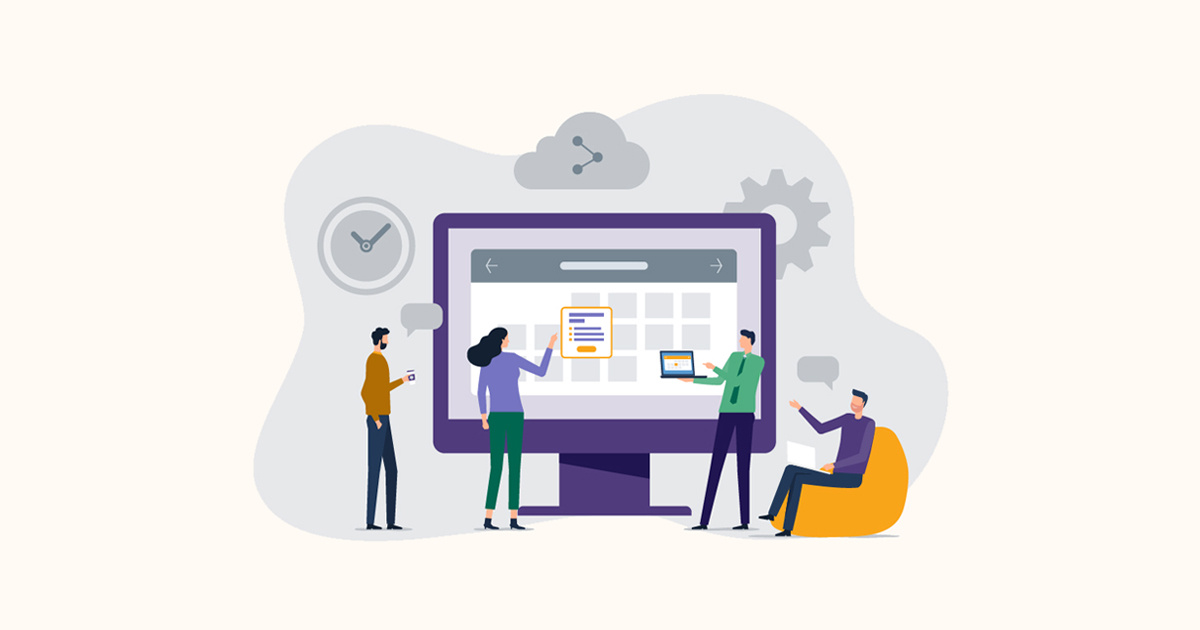
The evolving news regarding COVID-19 creates significant challenges for every business. We must act to protect the health of our employees, and we must safeguard the continuity of business operations through this extremely challenging and uncertain period. Even as we focus on complex operational issues like ensuring the viability of our supply chains and upgrading technology to support newly virtualized workflows, we need to put more focus than ever on our people and their well-being. The old dichotomy between “hard” business issues and “soft” people issues was never helpful. Now is the time to dispense with it altogether.
The challenge of how to keep our employees engaged and connected with each other, and with the organization while working from home, is not new for many companies. But even companies that have substantial virtual workforces must now figure out how—with an even more virtual workforce necessitated by the pandemic—to work together and collaborate productively. And not just internally, but also with customers, suppliers, and other external business partners.
None of this is easy. Nobody has yet done the workflow and time-and-motion studies on how to transition a workforce that’s mostly onsite into doing the work that wasn’t intended to be offsite, but now must be done that way if it gets done at all. Nobody has detailed plans for how to optimize in this new normal. The way to figure it out is to engage employees.
To maximize employee engagement, organizations shouldn’t just instruct people on what they need to do during this work-from-home time. (Some more hands-on managers may need to tamp down their instincts to micromanage.) Instead of just telling, there needs to be a lot of asking, listening, and course-correction based on people’s feedback.
How are they adapting their routines to the reality of working from home? What do they need from us? What do they need from each other? Ask about things such as meeting cadence; starting and ending hours; what things get documented, when, and how; what requires group discussion vs. one-on-one meetings. The answers to these sorts of questions—some obvious, some not—will be crucial indicators of what we need to do next.
There’s not necessarily even a right answer to these questions. The point is to engage our people in solving the joint challenge: How do we get the work done under these circumstances? How do we continue to develop our people?
In the new normal, for a while at least, people’s work rhythms will change. We must think carefully about how our people can be energized every day. Technology obviously represents an important tool—sustaining connection, communication, and collaboration. It also enables our people to continue to learn and develop—to invest in the future of our business even as we grapple with its present challenges.
How can we make learning a way to engage our people and help them work successfully in this new way?
Create spaces in each day where people are encouraged to learn about a topic, to invest in themselves, to spend some time in focused research, and to share what they’ve learned with colleagues. Managers can bring teams together for online discussions geared around learning more about how, for instance, our clients or suppliers think and operate, or delve into some other crucial aspect of our business.
Build in frequent feedback loops. What’s working, what’s not? It’s very important, amidst this disruption, to be open to feedback from employees.
Host informal virtual events and devise fun competitions to keep people engaged. Every Thursday in our Boston office, a volunteer brings (and serves with flair) an assortment of snacks; last week we held our first virtual BYOS snack time. In a previous life I ran a yoga business; now I’m inviting my colleagues to a yoga class in cyberspace for a mental and physical break. How can we get creative—and recreate that feeling of what normally happens around the water cooler?
Continue to provide learning opportunities. Use structured learning as a tool to develop new essential management skills and follow through whenever possible on trainings you already were going to do before COVID-19. If we already have plans in place to develop some crucial aspect of leadership capability this week, why would we postpone the benefits of that learning for two months?
Of course, a planned classroom session might transition to a self-paced digital learning experience, or a real-time training event that is still led by an instructor—but in a virtual rather than a physical classroom. When classroom training is translated to virtual training, it may need to be shortened, reconfigured in smaller segments, and spaced out. (It’s mighty hard to sit through eight hours of even the most engaging virtual training.) We need to look at these changes not as limitations, but as opportunities to rethink the learning experience for employees – to make it more flexible, more cost-effective, and (just maybe) more engaging.
Yes—we’re all now working from home, and it’s not our choice. But in many different ways, as large and small businesses, as leaders and individuals, we still have choices to make. We can choose to do more than cope in the moment. We can choose to make investments in our business that enable us to navigate current challenges effectively, and also position us for long-term success.
By keeping our people engaged, motivated and continuing to learn, we can keep our businesses moving forward—even amidst profound human and economic challenges. When we reach the other side—the one we can’t see yet but know is there—our people will be capable and engaged. Our communities will heal more quickly. And our businesses will be positioned for renewal and growth.
.png?width=512&height=130&name=vantage-logo(2).png)

